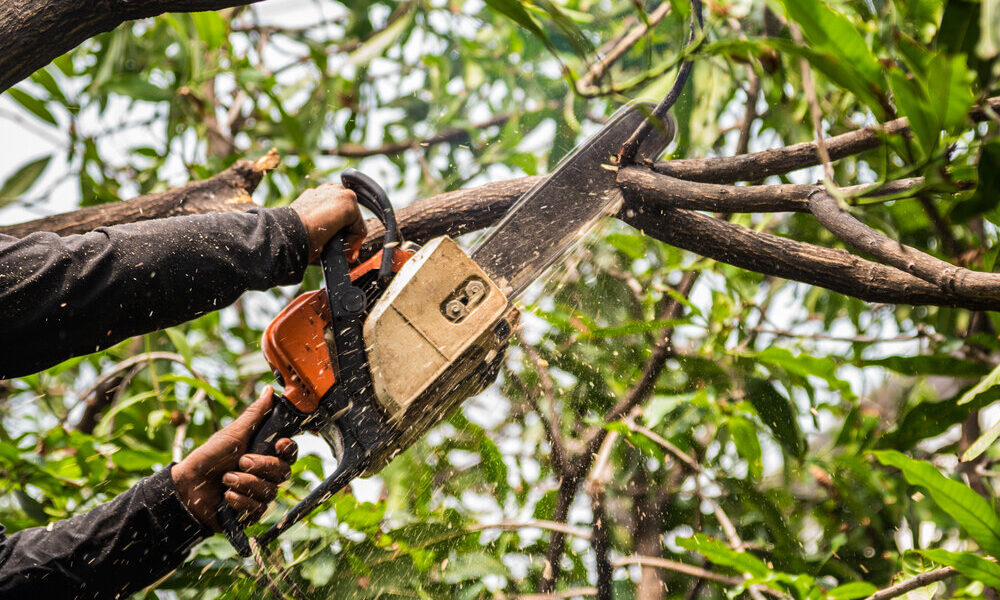Tree Trimming Tips: Miami Tree Care
Maintaining the lush greenery of Miami’s landscapes involves more than just admiring the swaying palms and vibrant foliage. Tree care is an essential aspect of preserving the city’s natural beauty and ensuring the safety of its residents. Proper tree trimming is crucial not only for aesthetic purposes but also for the health and longevity of the trees. Whether you’re a seasoned gardener or a novice enthusiast, here are some expert tips to help you master the art of tree trimming in Miami:
1. Understand the Local Climate: Miami’s tropical climate presents unique challenges for tree care. With high humidity, intense sunlight, and occasional hurricanes, trees in this region require special attention. Before trimming, familiarize yourself with the specific needs of the tree species in your area. Some trees may require more frequent pruning to prevent overgrowth, while others may be more sensitive to extreme weather conditions.
2. Trim During the Right Season: Timing is everything when it comes to tree trimming. In Miami, it’s generally best to schedule trimming sessions during the dry season, which typically runs from November to April. During this time, the risk of disease transmission is lower, and the trees are less stressed, promoting faster healing. Avoid pruning during the wet season to prevent fungal infections and other moisture-related issues.
3. Prioritize Safety: Safety should always be the top priority when trimming trees. Before starting any work, assess the surroundings for potential hazards such as overhead power lines, nearby structures, or uneven terrain. If the job requires working at heights or using power tools, consider hiring a professional tree care service to ensure the task is completed safely and efficiently.
4. Use the Right Tools: Having the proper tools is essential for effective tree trimming. Invest in high-quality pruning shears, loppers, and saws designed for tree maintenance. Ensure that all equipment is clean and well-maintained to prevent the spread of diseases between trees. For larger trees or hard-to-reach branches, consider using a pole pruner or hiring a professional with specialized equipment.
5. Follow Pruning Techniques: When trimming trees, it’s essential to follow proper pruning techniques to promote healthy growth and minimize damage. Start by removing dead, diseased, or damaged branches, cutting back to the branch collar—the swollen area where the branch meets the trunk. Avoid cutting too close or leaving stubs, as this can hinder healing and invite pests and diseases.
6. Avoid Over-Pruning: While regular trimming is necessary for tree maintenance, over-pruning can weaken the tree and make it more susceptible to stress and disease. Aim to remove no more than 25% of the tree’s canopy in a single trimming session, focusing on selective pruning to maintain its natural shape and structure. Over time, this approach will help the tree develop a strong and resilient canopy.
7. Monitor Tree Health: Tree trimming is not a one-time task but rather an ongoing process that requires regular monitoring and maintenance. Keep an eye out for signs of stress or disease, such as yellowing leaves, dead branches, or pest infestations. Address any issues promptly to prevent further damage and ensure the long-term health of your trees.
By following these tree-trimming tips, you can ensure that Miami’s urban canopy remains vibrant and healthy for generations to come. Remember, proper tree care is not only beneficial for the environment but also adds value to your property and enhances the beauty of our beloved cityscape. So grab your pruning shears and get ready to give your trees the TLC they deserve!
